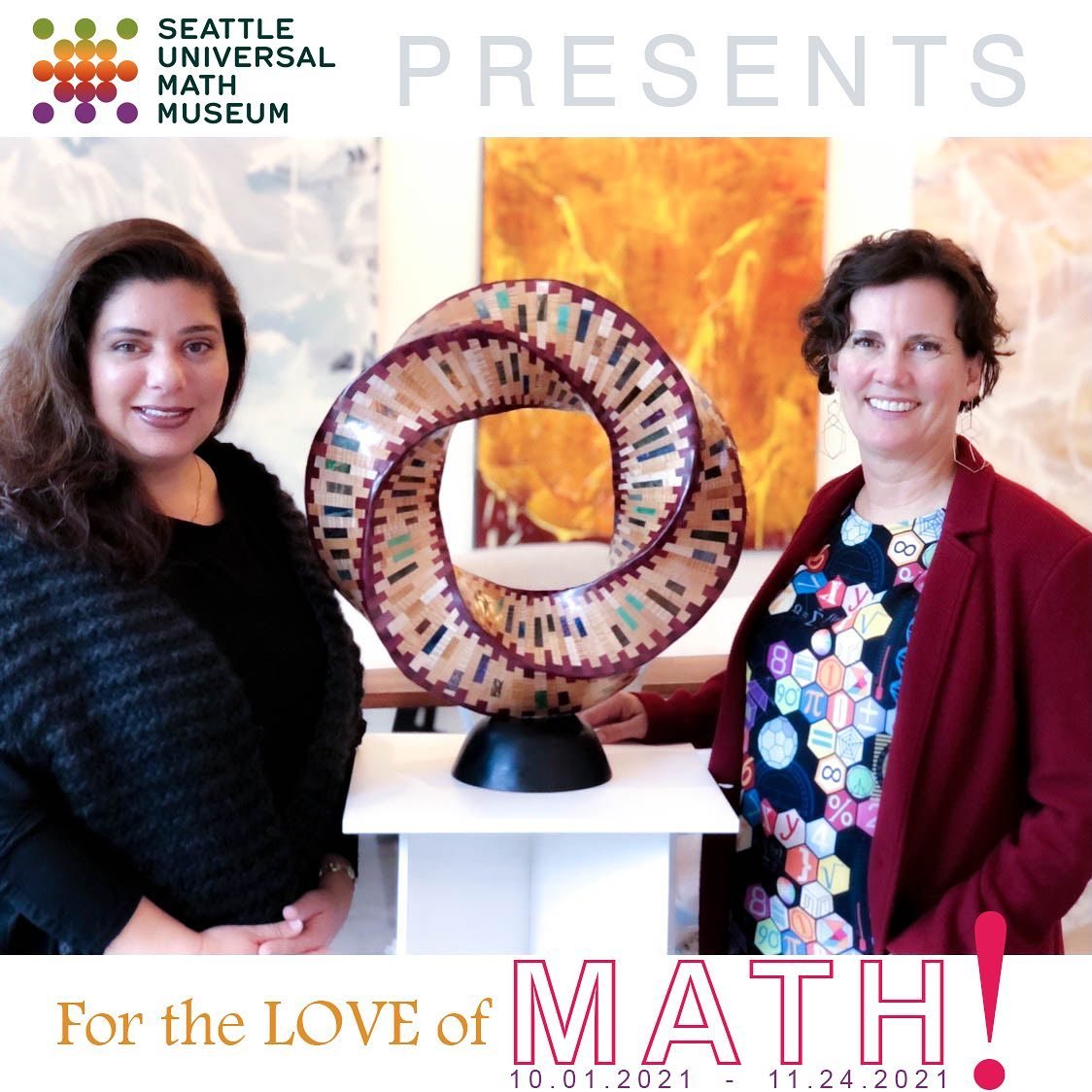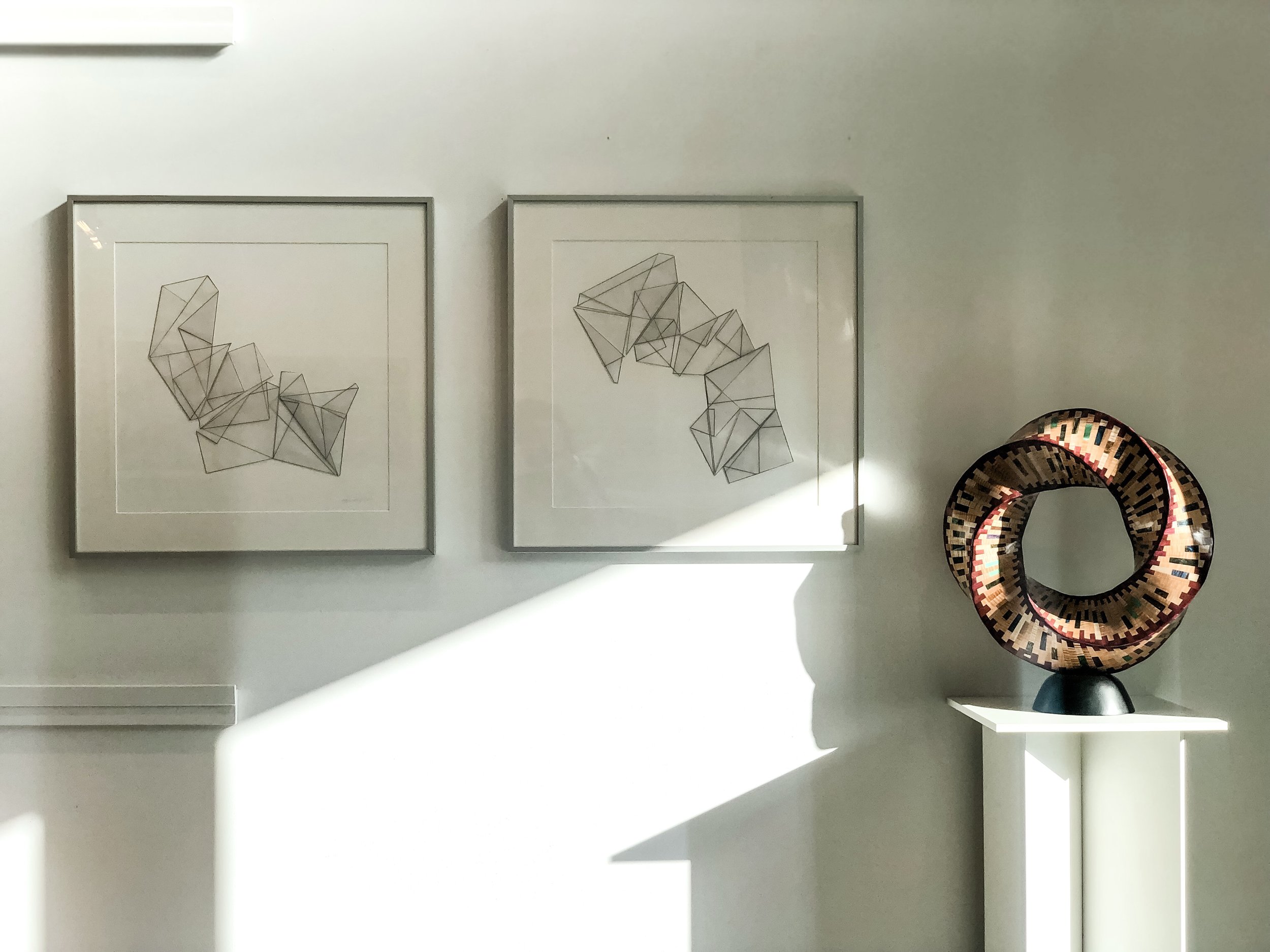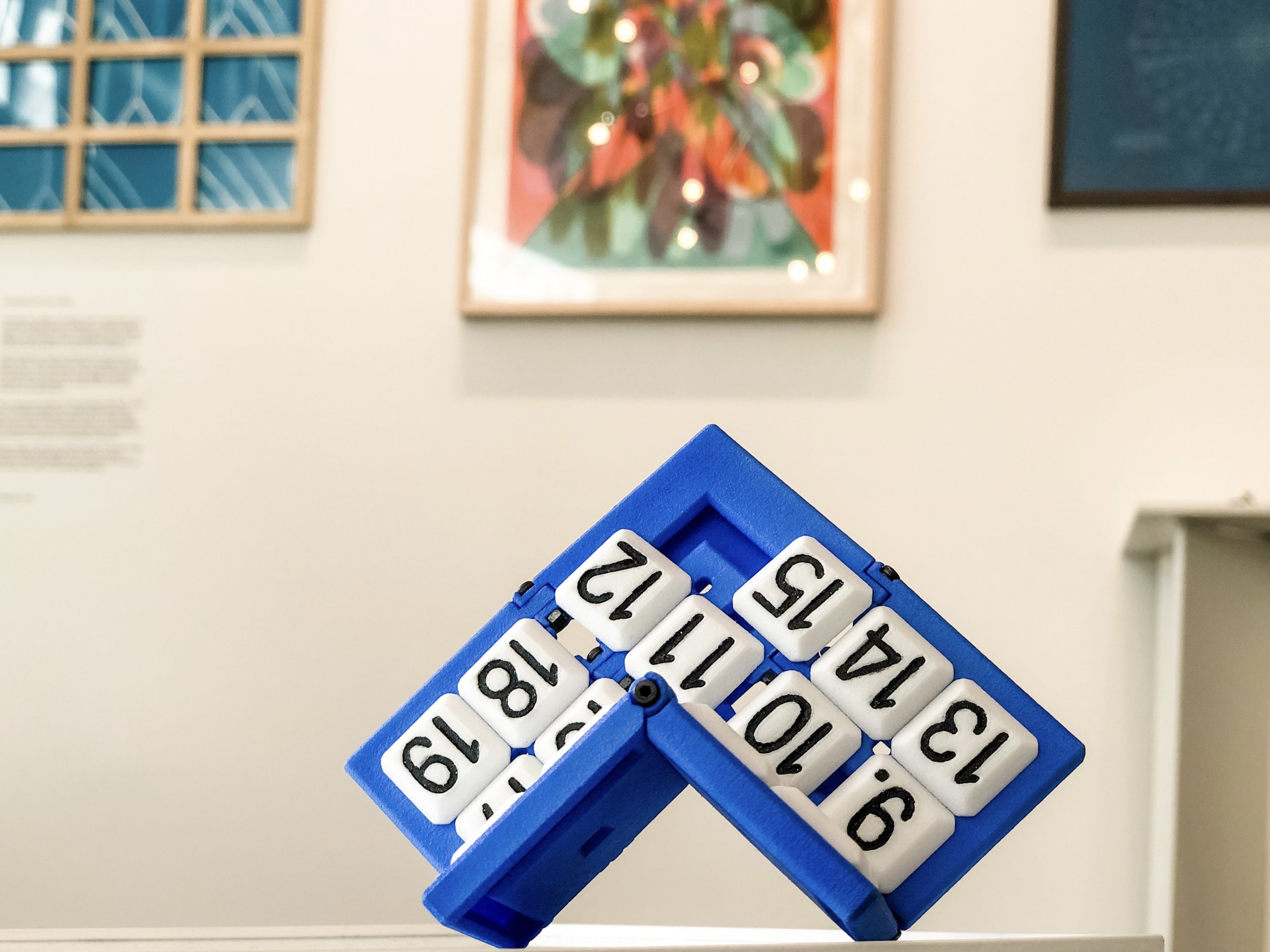Primes in the Garden
Primes in the Garden
By Bronna Butler
(SUMM)
Bronna Butler www.bronnabutler.com, @bronnabutler on Twitter) is a professional artist who creates glass, mirror, and metal sculptures, as well as two-dimensional artwork, with a focus on recreational mathematics, mathematicians, physicists, and science. She frequently incorporates puzzles, enigmas, and optical illusions into her work. Bronna has a B.A. in Art and an M.S. in Accounting from the University of Missouri. After being a financial executive for 22 years for creative entrepreneurial firms in design, publishing, and telecommunications, she founded B.A. Baroque Arts, LLC in 1997, (facebook.com/BABaroqueArts). Since then, she has completed numerous commissioned pieces, including a twenty-foot-tall stainless-steel monument, 900 square feet of stained-glass windows, and over 155 oil and pastel paintings. She and mathematician Jessica K. Sklar together make up QED Arts, a mathematical art collaborative.
Primes in the Garden
One of the scenes in the Mathemalchemy installation includes chipmunks sorting numbers into collections of prime and composite numbers. A prime number is a natural number greater than one that is not a product of two smaller natural numbers. A composite number is a positive integer that can be formed by multiplying two smaller positive integers.
Mathemalchemist Rochy Flint asked Bronna to draw this scene, which had been conceived by the project’s “Garden” group. The chipmunks are clutching clay tablets displaying Babylonian cuneiform numerals—a salute to the over-four millennia during which humans have been writing numerals. The acorns placed on the grids help the chipmunks determine if the numbers on their tablets are prime or composite. For instance, the tablet of the chipmunk on the left displays the number 12. The chipmunk can place 12 acorns on a grid with exactly 2 columns so that each row of the grid is either completely filled with acorns, or has no acorns placed on it. They can do the same thing (with 12 acorns) for grids with 3, 4, and 6 columns; this is because the numbers 2, 3, 4, and 6 all divide 12 evenly (making 12 a composite number). However, when the chipmunk places 12 acorns on a grid with exactly 5 columns, filling each row completely before moving on to another row, there is a row that is neither filled with acorns nor completely empty; this is because 5 doesn’t evenly divide 12. It isn’t a coincidence that the grid with 5 columns and 12 acorns placed upon it has a row containing only 2 acorns; this happens because 2 is the remainder when you divide 12 by 5. Acorns that count towards remainders rest on golden grid squares.
On the other hand, the chipmunk on the right, whose tablet displays the number 13, has golden “remainder” squares on grids with 2, 3, 4, 5, and 6 columns: this is because 13 isn’t evenly divisible by any of those numbers. In fact, since 13 is prime, grids containing any number of columns between 2 and 12, inclusive, will feature golden remainder squares.

















































